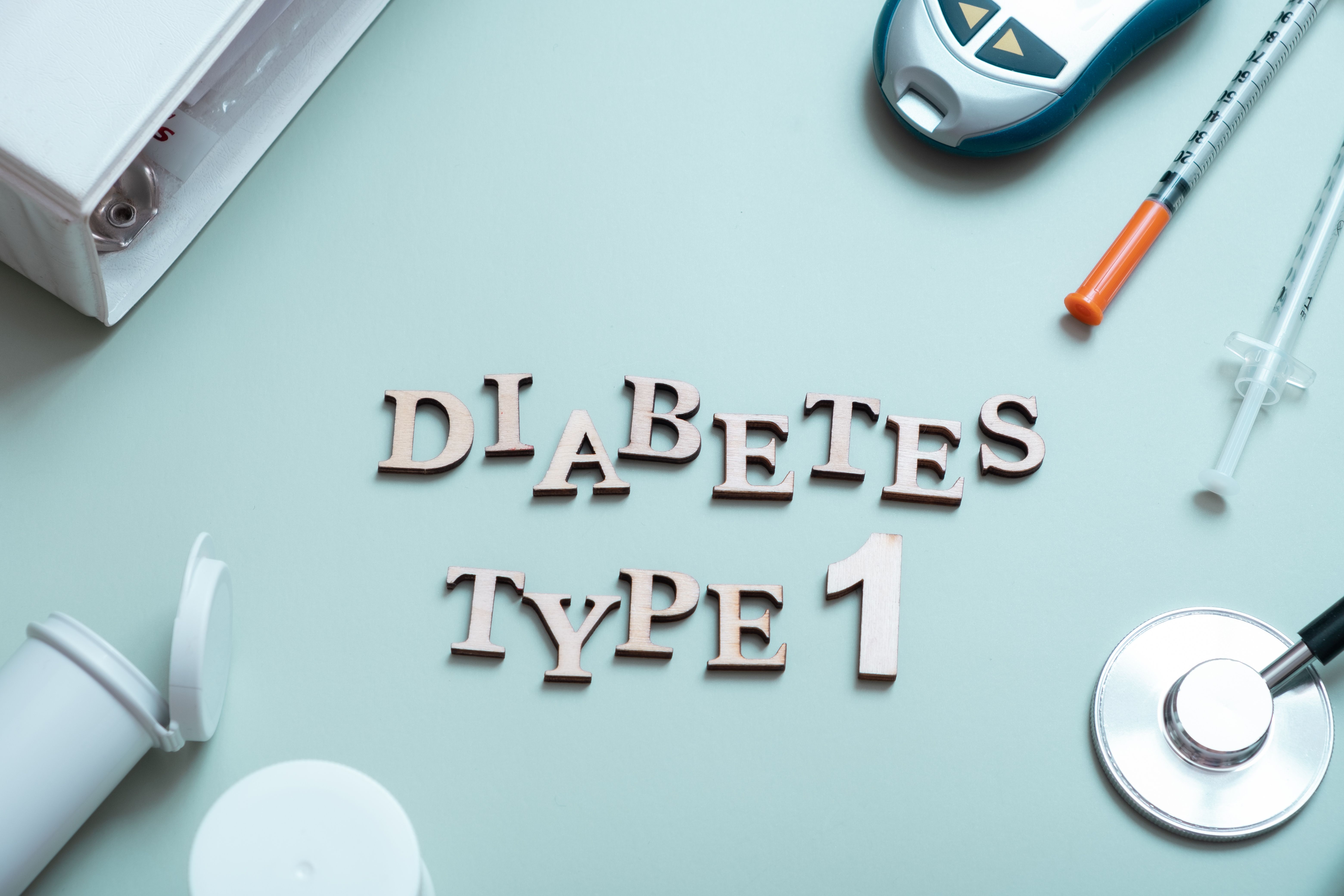Article highlights
- Children and adolescents with type 1 diabetes in Sweden experienced a notable rise in psychotropic medication prescriptions from 2006 to 2019.
- Individuals with T1D consistently had higher medication usage rates compared to those without T1D, including various medications like antidepressants and ADHD drugs.
- Psychiatric care remained the main source of these prescriptions, with many treatments extending beyond 12 months.
- T1D patients faced a 1.21-fold higher risk of initiating psychotropic medications compared to the reference group.
- The study highlights the necessity of vigilant monitoring and in-depth evaluations to assess medication efficacy and enhance pediatric diabetes care, particularly concerning psychopharmacological treatments.
An increasing trend was observed in the dispensation of psychotropic medication among children and adolescents with type 1 diabetes (T1D) residing in Sweden from 2006 to 2019, which is persistently higher than children without T1D, according to a recent study published in JAMA Network Open.
The investigators sought to examine trends of psychotropic medication dispensation, as children and adolescents with T1D are exposed to elevated risks of psychiatric disorders. Psychotropic medications are a common and cost-effective approach to psychiatric symptoms, despite nonnegligible adverse effects. Dispensation evidence to children with T1D “remains lacking,” according to the study authors.
The primary outcomes of the cohort study, that featured children and adolescents residing in Sweden from 2006 to 2019, were trends of psychotropic medication dispensation (including antipsychotics, anxiolytics, antidepressants, hypnotics, mood stabilizers, and attention-deficit/hyperactivity disorder [ADHD] medications) psychotropic medication initiation, and history of neurodevelopmental and psychiatric diagnosis. To estimate the aggregated incidence and hazard ratios of medication initiation after diabetes onset, investigators used cumulative incidence curves and Cox proportional hazard models. The population-based cohort study used data from multiple Swedish registers with nationwide coverage.
Children aged 0 to 11 years and adolescents aged 12 to 17 years were included in the study. Those with a congenital malformations diagnosis were excluded. Each individual was followed-up from birth to their 18th birthday, emigration, end of study (December 31, 2019), or death, whichever was first. A matched subsample was created within the study cohort, and for each individual with a T1D diagnosis after July 1, 2006, investigators used an exact matching approach, “to randomly select 10 individuals, matching on sex and birth year, from those without T1D during the entire follow-up period.”
There were 1866 children and adolescents with T1D that were dispensed psychotropic medications in the study period and location, which represented 14.1% of children and adolescents with T1D (13,200). The median age at diagnosis of those with T1D was 11.1 years (7.6-14.7). The annual prevalence of the dispensing of any psychotropic medications increased over the study period. The prevalence among children (0-11 years of age) with T1D increased from 0.85% in 2006 (95 % CI, 0.65%-1.10%) to 3.84% in 2019 (95% CI, 3.11%-4.69% [P < .001]). The prevalence also increased among adolescents with T1D (12-17 years of age), going from 2.72% (95% CI, 2.15%-3.39%) to 13.54% (95% CI, 12.88%-14.23% [P < .001]). Prevalence was consistently higher for individuals diagnosed with T1D compared to those without T1D.
Hypnotics, ADHD medications, anxiolytics, and selective serotonin reuptake inhibitors were the most dispensed medications, and all demonstrated increasing trends. Psychiatric care was the primary prescription source for individuals with T1D, and up to 50.1% of treatments lasted more than 12 months. A higher cumulative incidence and hazard ratios of medication initiation after onset of diabetes were observed in T1D patients compared to their same-age and same-sex counterparts. Approximately 13 years post T1D diagnosis (accounting for censoring) 6.8% of individuals with T1D had initiated psychotropic medication (95% CI, 6.2%-7.3%) compared to 5.7% of matched individuals (95% CI, 5.6%-5.9%). Gradually proportion differences were observed for SSRIs, anxiolytics, hypnotics, mood stabilizers, and ADHD medications. The findings were supported by Cox models, “where those with T1D had a 1.21-fold increased risk of initiating any psychotropic medication (HR, 1.21; 95% CI, 1.11-1.32) compared with the sex-matched and age-matched reference group.”
Psychotropic medication use for individuals with T1D increased from 2006 to 2019 in Sweden, especially for antidepressants, hypnotics, ADHD medications, and anxiolytics, higher than increases for those without T1D. The study authors concluded that the observed increases “call for careful monitoring and thorough risk-benefit studies to better evaluate medication effectiveness and improve pediatric diabetes care,” given ongoing debates regarding psychopharmacological treatments for this population.
Reference:
Liu S, Lagerberg T, Ludvigsson JF, et al. Psychotropic medication use in children and adolescents with type 1 diabetes. JAMA Netw Open. 2023;6(10):e2336621. doi:10.1001/jamanetworkopen.2023.36621
